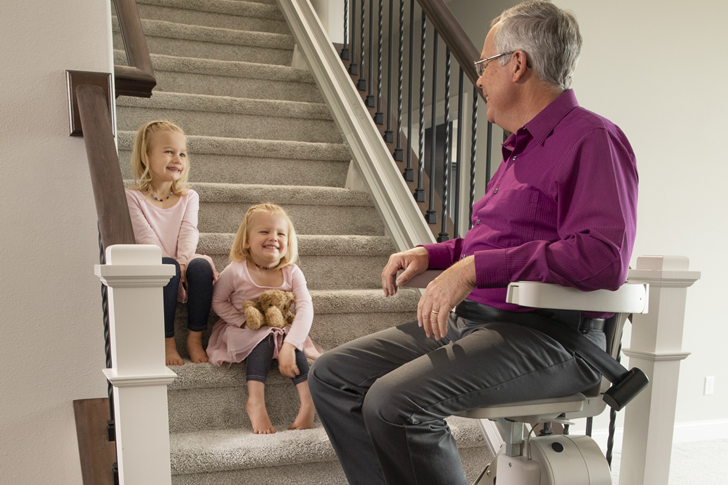Mobile Stair Lifts Offer Installation-Free Convenience
For many individuals with mobility impairments and seniors, navigating stairs can be a daunting, and sometimes impossible, task. As a result, stair lifts have become an essential tool for allowing continued access to all levels of a home or public building. However, not everyone can afford or accommodate traditional stair lift installations. Mobile stair lifts provide a flexible and installation-free alternative, offering users the convenience of increased mobility without the permanent alterations to structures that can often be costly or impractical.

The Rise in Mobility Challenges and Innovative Solutions
According to the World Health Organization, over 1 billion people globally live with some form of disability. This statistic reflects a significant portion of the population that potentially faces daily mobility challenges. As the demographic of older adults increases, this number is set to rise, with the United Nations forecasting that by 2050, one in six people in the world will be over age 65. The market for solutions to aid these individuals has expanded, and mobile stair lifts have emerged as a pivotal innovation within this domain.
Understanding Mobile Stair Lifts
Unlike traditional stair lifts that require a fixed track along the staircase, mobile stair lifts are portable devices that can be deployed on virtually any staircase without the need for modifications. Typically, these lifts consist of a small platform or chair mounted on a wheeled base that ascends or descends stairs using a motorized mechanism. They require an operator who maneuvers the device, ensuring safety and stability during use.
Advantages of Mobile Stair Lifts
One of the most significant advantages of mobile stair lifts is their versatility. They can be used in multiple settings without permanent installation, from private homes to public institutions like schools, hospitals, and government buildings. For cultural sites and historic buildings where alterations are prohibited or undesirable, mobile stair lifts offer a way to enhance accessibility without the damaging effects of construction.
Cost is another critical factor. The installation of a traditional stair lift can range from $2,000 to $15,000 depending on the complexity of the staircase and the features of the lift system. In contrast, a high-quality mobile stair lift might cost between $4,000 to $10,000, but without additional installation costs, and with the added benefit of portability and multi-site usability.
From the usability perspective, a mobile stair lift is usually straightforward to operate, requiring minimal training. This ease of use extends not only to the operator but also to those who are being assisted, providing a sense of dignity and empowerment for users as they navigate different levels of a building.
Case Studies: Mobile Stair Lifts in Action
An example of mobile stair lifts in action can be seen in various school districts across the United States. Eligibility requirements under the Individuals with Disabilities Education Act (IDEA) require schools to accommodate students with mobility impairments. Mobile stair lifts have allowed educational institutions to meet these needs swiftly without the longer-term implications and expenses of construction.
In healthcare settings, such as rehabilitation centers or assisted living facilities, the flexibility of mobile stair lifts ensures that all patients can access essential services in different building levels without waiting for permanent installations, which can be critical for their health and recovery trajectories.
Drawbacks and Considerations
Despite their numerous benefits, mobile stair lifts do have some limitations. The requirement for an operator means they are not a completely independent solution. This factor might be a drawback for those who desire full autonomy in their mobility solutions. Moreover, the lifts have weight limitations and may not be suitable for all types of wheelchairs or other mobility devices, making it necessary to assess the compatibility before opting for this solution.
Additionally, while mobile, these lifts are not as compact as other mobility aids like canes or walkers. Storage and transportation of the device require planning, and in some cases, might necessitate additional logistical arrangements.
Concluding Thoughts
Mobile stair lifts represent a significant step forward in accessibility technology, offering practical solutions for a variety of populations and settings. As demographic shifts see more people requiring mobility assistance, the flexibility and cost-effectiveness of mobile stair lifts make them an attractive option for many institutions and individuals. By understanding both the advantages and the limitations of these devices, consumers and organizations can make informed decisions that enhance accessibility while respecting architectural integrity and budget considerations.
With continued technological advancements and greater societal focus on inclusivity, mobile stair lifts are likely to become an even more prevalent part of the accessibility landscape, ensuring everyone has the opportunity to lead a more barrier-free life.







Recent Comments